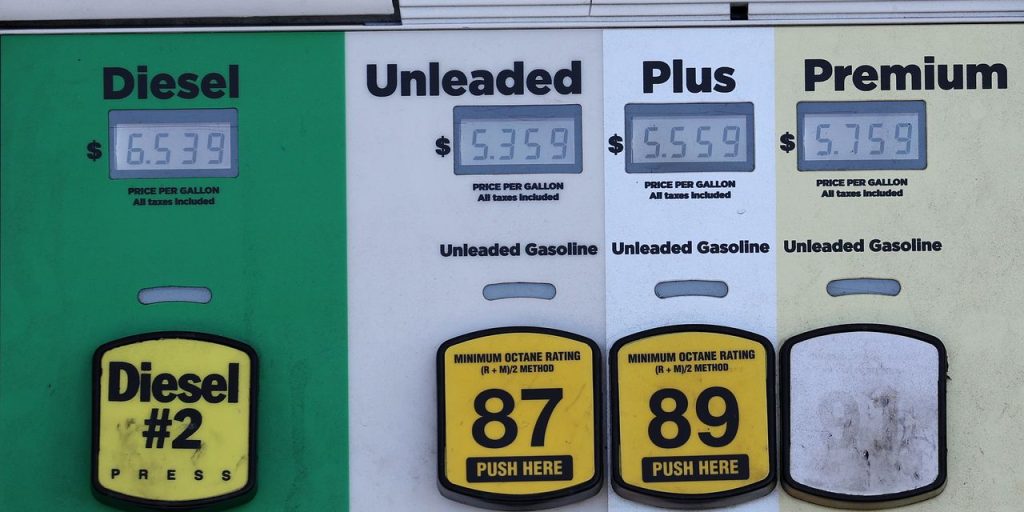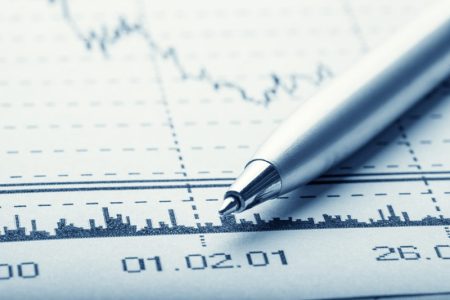The Federal Reserve is betting it can kill high inflation without killing off the current economic expansion, based on its latest forecast.
Senior Fed officials believe they are on track to achieve a rare “soft landing” in which inflation is tamed by higher interest rates but a recession is avoided. The Fed has pulled off such a feat only once since World War II.
Here are the Fed’s new numbers: The economy is expected to slow from an estimated 2.1% growth rate in 2023 to 1.5% in 2024 — and then speed up again.
At the same time, the Fed predicted the rate of inflation would decelerate from an estimated 3.3% at the end of this year to 2.5% in 2024 and 2.2% in 2025, based on the Fed’s preferred PCE price gauge.
That would put inflation close to the Fed’s 2% target, a goal finally achieved in 2026, the forecast shows.
“We are far from the recession many have predicted,” said Gina Bolvin, president of Bolvin Wealth Management Group in Boston. “We are closer to a soft landing.”
Even just a few months ago, Fed officials weren’t entirely convinced they could achieve such a fine balancing act. The Fed staff even predicted an oncoming recession.
If the Fed’s new forecasts are spot on — it’s been wrong a lot in recent years — the central bank signaled it would start to cut interest rates in 2024.
Yet the latest summary of economic projects shows just two quarter-point cuts next year instead of four, underscoring the Fed’s message it will keep interest rates “higher for longer” to ensure it snuffs out inflation.
The Fed’s inner circle was somewhat divided on how to proceed next year. Some favored a steeper cut in interest rates while others indicated they want to keep them near current levels.
On Wednesday, the Fed left its benchmark interest rate unchanged at a range of 5.25% to 5.50%. The Fed kept the door ajar to raise rates one more time this year, however.
Before the Fed decision, Wall Street
DJIA
investors were betting the first cut in interest rates next year would take place in June.
Some economists question whether the Fed can hit its 2% inflation target without further rate increases given the surprising resilience of the economy and labor market. Strong growth and low unemployment tend to push inflation higher.
The unemployment rate, now at 3.8%, is forecast to creep up to 4.1% by next year and not go any higher. But that would leave it near historically low levels and potentially keep the upward pressure on wages. Rapidly rising wages are also a major source of inflation.
Fed officials say the recent decline in job openings and a slowdown in hiring is a byproduct of earlier interest-rate hikes. They believe the demand for labor will soften further in the next year and ease the pressure on companies to raise wages, especially if inflation declines.
A lower inflation rate would give Americans more buying power even if their pay doesn’t rise as fast.
Read the full article here












